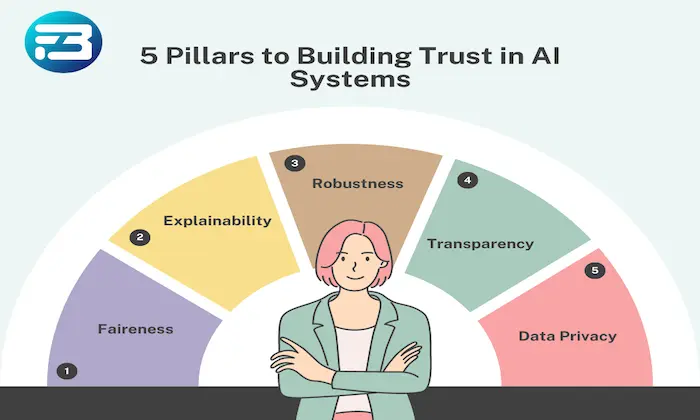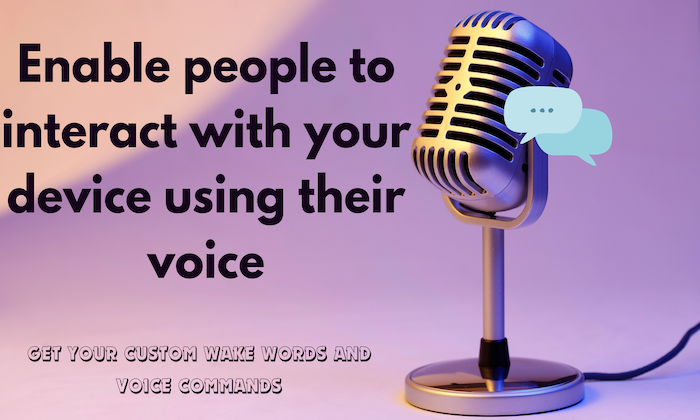Can I include specific phonemes or sound units in the voice cloning dataset?
Voice Cloning
Speech Synthesis
AI Models
Phonemes are the building blocks of spoken language, representing the distinct sounds that differentiate words. In voice cloning, capturing a comprehensive range of phonemes is essential for creating natural and expressive synthetic voices. This diversity enables AI models to handle various linguistic nuances, such as accents and emotional tones, which are crucial for applications like virtual assistants and storytelling.
Key Strategies for Including Phonemes
To effectively incorporate specific phonemes into your voice cloning dataset, consider the following approaches:
- Comprehensive Script Design: Utilize a mix of scripted and unscripted data. Scripted recordings ensure phoneme coverage, while unscripted sessions capture natural speech patterns and variability, leading to a robust dataset.
- Phoneme Distribution Analysis: Analyze the phoneme distribution of your target language or dialect to identify underrepresented sounds. This analysis will guide you in prioritizing phonemes for recording.
- Quality Recording Environment: Use professional studio environments for recording. This setting eliminates background noise, ensuring clear phoneme articulation and high-quality audio.
Implementation Considerations
When designing a phoneme-rich dataset, balance is key:
- Dataset Size and Diversity: Aiming for a diverse phoneme set may increase dataset size, necessitating careful planning in data collection and processing to maintain quality without overwhelming resources.
- Resource Allocation: Budget for skilled voice talent and advanced equipment. This investment is crucial for capturing the nuanced phonemes that enhance voice model performance.
Avoiding Common Pitfalls
Even experienced teams can make missteps in phoneme inclusion. Here are some pitfalls to avoid:
- Neglecting Phoneme Variation: Overlooking variations in phoneme pronunciation, such as regional accents or emotional inflections, can limit the versatility of your voice model.
- Inadequate Testing: Thoroughly test the synthesized voice across different phonemes to ensure robustness in real-world applications.
- Ignoring User Feedback: Leverage user feedback to refine phoneme selection and enhance the voice model's effectiveness.
How FutureBeeAI Can Help
At FutureBeeAI, we specialize in developing high-quality, custom datasets for voice cloning. Our expertise in data collection and annotation ensures that your dataset captures the phonemic diversity necessary for realistic and expressive voice synthesis. By partnering with us, you can leverage our structured, compliant pipelines to achieve your voice cloning goals efficiently.
Smart FAQs
Q. How do I ensure the phoneme quality in my dataset?
A. Utilize professional recording environments and implement a robust quality assurance process, including manual reviews and phoneme alignment checks, to maintain high-quality phoneme representation.
Q. What should I prioritize when selecting phonemes for my dataset?
A. Focus on the target language's phonemic structure, accent diversity, and specific voice application needs. Conduct a phoneme distribution analysis to identify essential sounds for inclusion.
What Else Do People Ask?
Related AI Articles
Browse Matching Datasets
Acquiring high-quality AI datasets has never been easier!!!
Get in touch with our AI data expert now!








